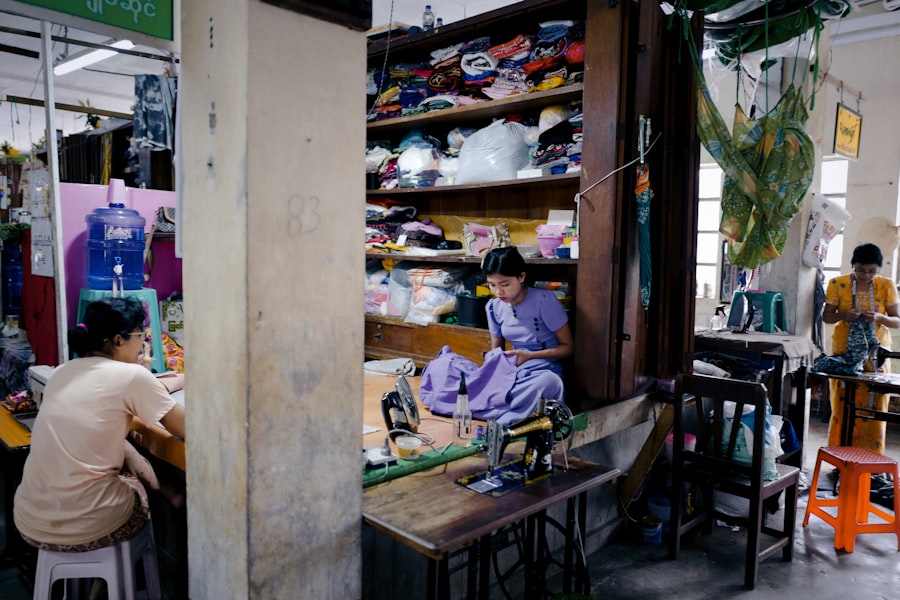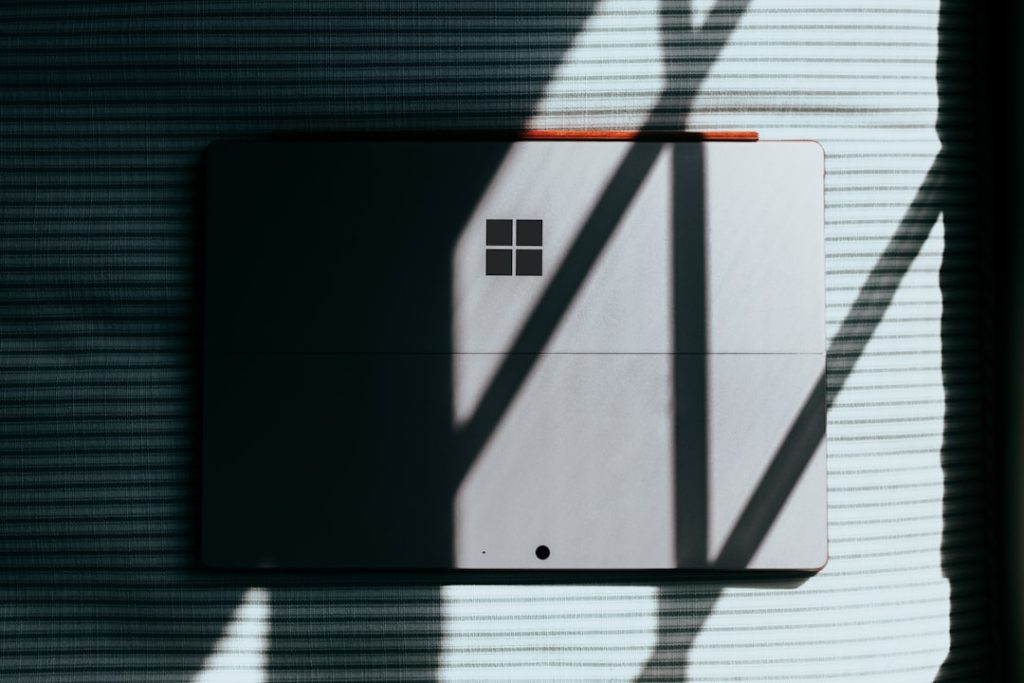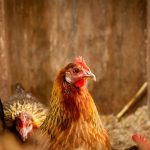Chickens are highly susceptible to heat stress, which can significantly impact their health and productivity. High temperatures can lead to decreased feed intake, reduced egg production, and increased mortality rates among chickens. Heat stress also makes them more vulnerable to diseases and diminishes their overall welfare.
Chickens are particularly sensitive to high temperatures because they lack sweat glands and rely on panting to regulate their body temperature, making them less efficient at dissipating heat compared to other animals. Their higher metabolic rate generates more internal heat, further increasing their vulnerability to heat stress. Understanding these factors is crucial for poultry farmers to implement effective strategies to mitigate the effects of heat on chickens.
Heat stress in chickens can result in decreased feed intake, which subsequently leads to reduced egg production and poor growth rates in broilers. When exposed to high temperatures, chickens tend to eat less to reduce their metabolic heat production, directly impacting their overall health and productivity. Heat stress can also affect egg quality, resulting in thinner shells and decreased hatchability.
Moreover, high temperatures can compromise chickens’ immune systems, making them more susceptible to diseases such as respiratory infections. Poultry farmers should be able to recognize signs of heat stress in chickens, including panting, wing spreading, and reduced activity, to take appropriate measures to alleviate its impact.
Table of Contents
- 1 Providing adequate shade and ventilation
- 2 Offering cool treats and frozen treats
- 3 Ensuring access to fresh, cool water
- 4 Adjusting feeding schedules
- 5 Monitoring and managing heat stress
- 6 Implementing additional cooling methods
- 7 FAQs
- 7.1 What are some signs that chickens are overheated in hot weather?
- 7.2 How can I keep my chickens cool in hot summer weather?
- 7.3 What are some ways to provide shade for chickens in hot weather?
- 7.4 How often should I change my chickens’ water in hot weather?
- 7.5 Are there specific breeds of chickens that are better suited for hot weather?
Key Takeaways
- Heat stress can have a significant impact on chickens, leading to decreased egg production, poor growth, and even mortality.
- Providing adequate shade and ventilation in the chicken coop is essential to help chickens regulate their body temperature.
- Offering cool treats and frozen treats, such as fruits and vegetables, can help chickens cool down during hot weather.
- Ensuring access to fresh, cool water at all times is crucial for preventing heat stress in chickens.
- Adjusting feeding schedules to cooler times of the day can help reduce heat stress in chickens.
Providing adequate shade and ventilation
One of the most effective ways to mitigate the impact of heat on chickens is by providing adequate shade and ventilation in their living environment. Shade can help reduce the direct exposure of chickens to the sun, lowering the ambient temperature and providing a cooler area for them to rest and seek relief from the heat. Natural shade from trees or artificial shade structures can be used to create cooler areas within the chicken coop or run.
Additionally, proper ventilation is essential for maintaining a comfortable environment for chickens during hot weather. Good airflow helps remove excess heat and moisture from the coop, preventing the buildup of heat and humidity that can contribute to heat stress. Ventilation can be achieved through the use of windows, vents, and fans to promote air circulation and cooling.
In addition to providing shade and ventilation, it is important to consider the orientation of the chicken coop or run in relation to the sun. Placing the coop in a location that minimizes direct sunlight exposure during the hottest parts of the day can help reduce the overall temperature inside the living space. This can be achieved by positioning the coop so that it is shaded by trees or buildings, or by using reflective materials on the roof to deflect sunlight.
Furthermore, using light-colored roofing materials can help reduce heat absorption and keep the interior of the coop cooler. By implementing these strategies, poultry farmers can create a more comfortable living environment for their chickens and reduce the risk of heat stress.
Offering cool treats and frozen treats

Another way to help chickens cope with high temperatures is by offering them cool treats and frozen treats. This not only provides them with a refreshing snack but also helps lower their body temperature and provide relief from the heat. Cool treats such as watermelon, cucumbers, and lettuce can be given to chickens to help hydrate them and provide a source of moisture during hot weather.
These treats also contain high water content, which can help cool chickens from the inside out. Additionally, frozen treats such as ice cubes or frozen fruits can be provided to chickens as a way to offer them a cooling sensation and encourage them to peck at the treats, which can help keep them occupied and reduce stress. In addition to offering cool treats and frozen treats, poultry farmers can also consider using frozen water bottles or ice packs inside the coop or run to help lower the ambient temperature.
Placing these frozen items in areas where chickens like to rest or congregate can provide them with a cool surface to lie against and help reduce their body temperature. Furthermore, misting systems or sprinklers can be used to create a fine spray of water that can help cool the air and provide chickens with a refreshing mist to walk through. These methods can be effective in helping chickens cope with high temperatures and reduce the risk of heat stress during hot weather.
Ensuring access to fresh, cool water
Access to fresh, cool water is essential for chickens during hot weather in order to help them stay hydrated and regulate their body temperature. Water is crucial for maintaining normal physiological functions and preventing dehydration, especially when temperatures are high. Poultry farmers should ensure that chickens have access to clean and cool water at all times by regularly checking waterers and refilling them with fresh water.
It is important to monitor water consumption during hot weather and increase the number of waterers available if necessary to accommodate increased drinking behavior. In addition to providing access to fresh water, poultry farmers can also consider using waterers with built-in cooling systems or adding ice cubes to waterers to help lower the temperature of the water. This can provide chickens with a more refreshing source of hydration and encourage them to drink more frequently during hot weather.
Furthermore, placing waterers in shaded areas or using insulated covers can help prevent water from heating up quickly and maintain a cooler temperature for longer periods. By ensuring that chickens have access to fresh, cool water, poultry farmers can help them stay hydrated and reduce the risk of heat stress during hot weather.
Adjusting feeding schedules
During hot weather, it may be beneficial for poultry farmers to adjust feeding schedules for chickens in order to minimize heat production from digestion and reduce the risk of heat stress. Feeding chickens during the cooler parts of the day, such as early morning or late evening, can help reduce their metabolic heat production during digestion. This can also encourage chickens to eat more when temperatures are lower and they are more likely to have an appetite.
Additionally, providing smaller but more frequent meals throughout the day can help prevent excessive heat production from large meals and promote better digestion. In addition to adjusting feeding schedules, poultry farmers can also consider modifying the composition of chicken feed during hot weather to include ingredients that are easier to digest and produce less metabolic heat. This may include increasing the proportion of easily digestible carbohydrates in the diet or reducing the amount of high-protein feed that can generate more internal heat during digestion.
Furthermore, providing access to forage or pasture during cooler parts of the day can offer chickens an opportunity to graze and consume fresh greens, which can help keep them occupied and provide additional moisture from plant material. By adjusting feeding schedules and modifying feed composition, poultry farmers can help reduce the risk of heat stress in chickens during hot weather.
Monitoring and managing heat stress

Providing Cooling Measures
If signs of heat stress are observed, it is essential to provide cooling measures to reduce the impact on chicken health and welfare. This can include providing shade, ventilation, cool treats, and access to fresh water. Additionally, moving chickens to a cooler location or providing temporary shelter from direct sunlight can help reduce their exposure to high temperatures.
Planning Ahead for Extreme Heat
Poultry farmers should be aware of weather forecasts and plan ahead for periods of extreme heat. This may involve implementing additional cooling methods or adjusting management practices in anticipation of hot weather conditions.
Emergency Protocols for Severe Heat Stress
It is crucial for poultry farmers to be prepared with emergency protocols in case of severe heat stress situations. This may include having access to backup power for fans or misting systems in case of power outages during hot weather. By monitoring and managing heat stress in chickens, poultry farmers can help minimize its impact on their health and productivity.
Implementing additional cooling methods
In addition to providing shade, ventilation, cool treats, frozen treats, access to fresh water, adjusting feeding schedules, monitoring and managing heat stress, there are several additional cooling methods that poultry farmers can implement to help chickens cope with high temperatures. One effective method is using fans or misting systems inside the chicken coop or run to promote air circulation and provide a cooling effect through evaporative cooling. Fans can help remove excess heat and humidity from the environment while misting systems create a fine spray of water that helps lower the ambient temperature.
Another cooling method is using evaporative cooling pads or curtains inside the chicken coop or run to provide a cooler environment for chickens during hot weather. These pads or curtains are designed to absorb water and create a cooling effect as air passes through them, helping lower the overall temperature inside the living space. Additionally, using insulated roofing materials or reflective coatings on the roof of the coop can help reduce heat absorption from direct sunlight and maintain a cooler interior temperature.
Furthermore, poultry farmers can consider using portable shade structures or umbrellas in outdoor areas where chickens are allowed to roam freely. These structures provide additional shade and protection from direct sunlight exposure, creating cooler areas for chickens to rest and seek relief from the heat. By implementing these additional cooling methods, poultry farmers can create a more comfortable living environment for their chickens during hot weather and reduce the risk of heat stress.
In conclusion, understanding the impact of heat on chickens is crucial for poultry farmers in order to implement effective strategies to mitigate its effects. Providing adequate shade and ventilation, offering cool treats and frozen treats, ensuring access to fresh, cool water, adjusting feeding schedules, monitoring and managing heat stress, and implementing additional cooling methods are all important considerations for helping chickens cope with high temperatures. By taking proactive measures to create a comfortable living environment for chickens during hot weather, poultry farmers can help minimize the risk of heat stress and maintain their health and productivity.
If you’re looking for tips on how to keep chickens cool in the hot summer months, you may also be interested in learning about the importance of the size of your chicken coop door. A properly sized door can help with ventilation and airflow, which is crucial for keeping your chickens comfortable in the heat. Check out this article for more information on this topic.
FAQs
What are some signs that chickens are overheated in hot weather?
Some signs that chickens are overheated in hot weather include panting, holding their wings away from their bodies, reduced egg production, and decreased activity.
How can I keep my chickens cool in hot summer weather?
You can keep your chickens cool in hot summer weather by providing plenty of shade, ensuring they have access to fresh, cool water at all times, using fans or misters in the coop, and offering frozen treats such as fruits and vegetables.
What are some ways to provide shade for chickens in hot weather?
You can provide shade for chickens in hot weather by using tarps or shade cloth to cover their coop and run, planting trees or shrubs to create natural shade, and providing structures such as awnings or umbrellas.
How often should I change my chickens’ water in hot weather?
You should change your chickens’ water at least once a day in hot weather to ensure it stays fresh and cool. If the water becomes warm or dirty before then, it should be changed more frequently.
Are there specific breeds of chickens that are better suited for hot weather?
Yes, some breeds of chickens are better suited for hot weather than others. Breeds such as Leghorns, Rhode Island Reds, and Sussex are known for their heat tolerance and ability to thrive in hot climates.
Meet Walter, the feathered-friend fanatic of Florida! Nestled in the sunshine state, Walter struts through life with his feathered companions, clucking his way to happiness. With a coop that’s fancier than a five-star hotel, he’s the Don Juan of the chicken world. When he’s not teaching his hens to do the cha-cha, you’ll find him in a heated debate with his prized rooster, Sir Clucks-a-Lot. Walter’s poultry passion is no yolk; he’s the sunny-side-up guy you never knew you needed in your flock of friends!







